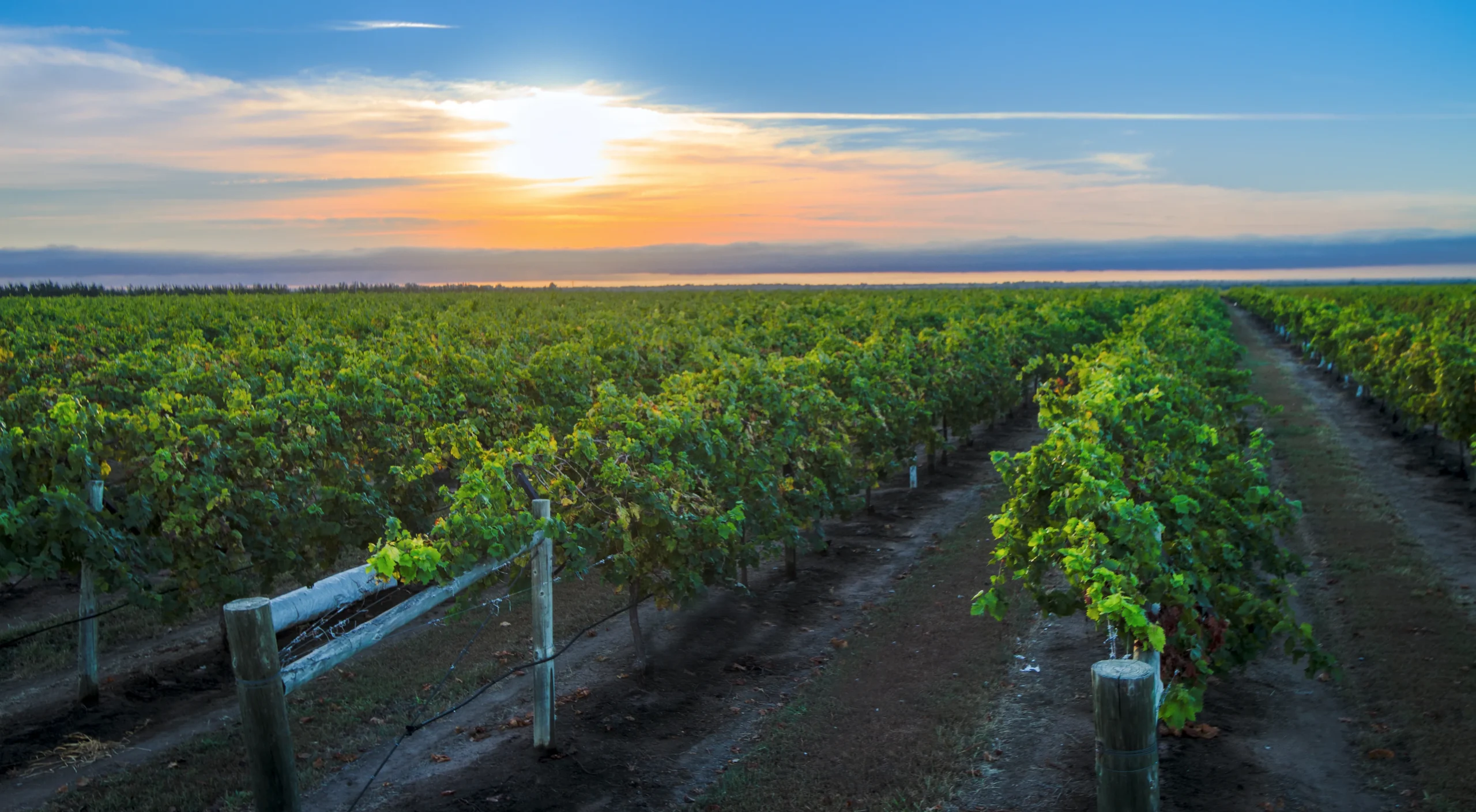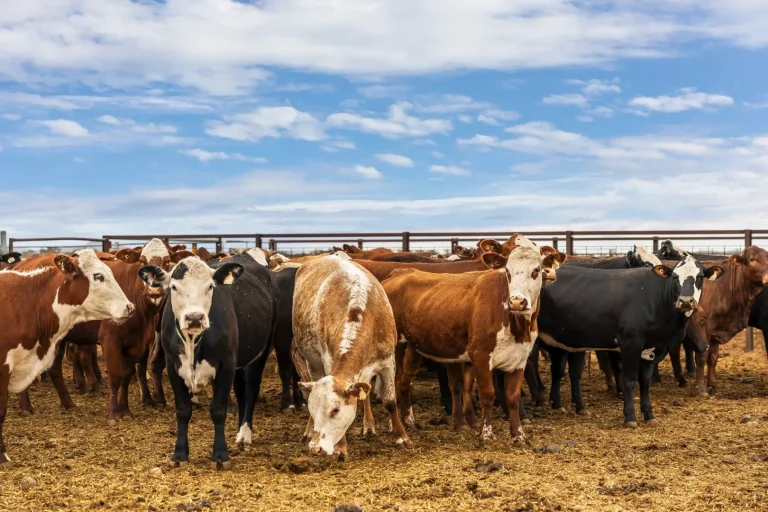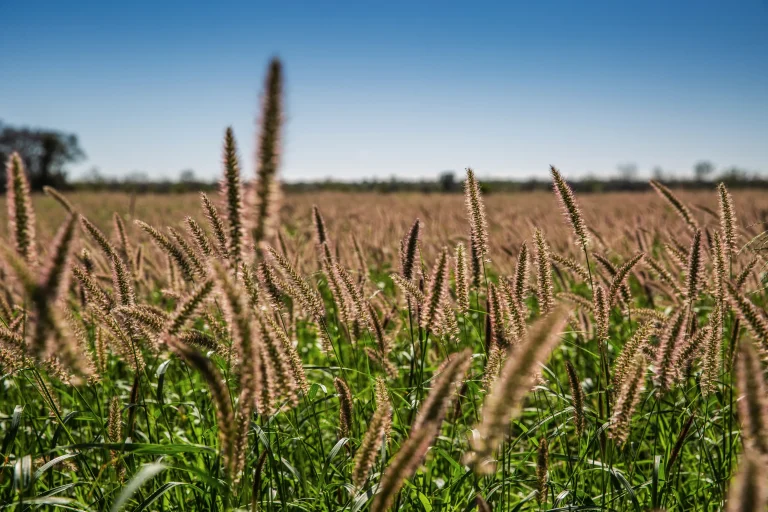Professional Methods for Valuing Farm Infrastructure in Cotton Farming
Cotton farming operations represent substantial agricultural investments that require accurate infrastructure valuation for financing, insurance, taxation, and transaction purposes. Understanding the various methods for valuing farm infrastructure in cotton farming becomes particularly important when producers consider expansion, refinancing, or sale of their operations. At Agribusiness Horizons, we regularly assist cotton farming clients with comprehensive infrastructure assessments that support informed decision-making. Whether you’re evaluating ginning facilities, irrigation systems, or storage buildings, professional valuation expertise can make the difference between accurate asset pricing and costly miscalculations. Contact our agricultural valuation specialists to discuss how we can help you properly assess your cotton farming infrastructure investments.
This article examines the primary valuation approaches used for cotton farm infrastructure, comparing different methodologies and their applications. You’ll learn when to apply specific techniques, what factors influence infrastructure values, and how professional appraisers approach complex cotton farming assets. We’ll also address common valuation challenges and provide practical guidance for property owners seeking accurate infrastructure assessments.
Historical Context and Modern Valuation Needs
Cotton farming infrastructure has undergone significant transformation over recent decades. Traditional cotton operations relied heavily on basic storage buildings and simple processing equipment. Today’s modern cotton farms feature sophisticated irrigation systems, climate-controlled storage facilities, advanced ginning equipment, and precision agriculture technology that substantially increases operational complexity and asset values.
The evolution of cotton farming technology has created new challenges for infrastructure valuation. Historical cost records may not reflect current replacement values, particularly for specialized equipment and facilities. Market conditions for cotton production facilities can vary significantly by region, making comparable sales analysis more difficult. Additionally, technological obsolescence affects certain types of infrastructure more rapidly than others, requiring appraisers to consider functional depreciation alongside physical deterioration.
Professional valuation becomes particularly important during ownership transitions, financing arrangements, and insurance coverage decisions. Lenders increasingly require detailed infrastructure assessments before approving agricultural loans, while insurance companies need accurate replacement cost estimates for coverage purposes. Estate planning and partnership arrangements also depend on reliable infrastructure valuations to ensure fair asset distribution among stakeholders.
Cost Approach Methodology for Cotton Farm Infrastructure
The cost approach represents one of the most widely used methods for valuing farm infrastructure in cotton farming, particularly for specialized facilities with limited market data. This methodology estimates infrastructure value by calculating the cost to replace or reproduce existing facilities, then adjusting for depreciation and obsolescence factors.
Replacement cost analysis forms the foundation of this approach. Appraisers research current construction costs for similar facilities, including materials, labor, and professional services required for new construction. Cotton ginning facilities, for example, require specialized knowledge of processing equipment costs, building requirements, and installation expenses. Modern cotton storage buildings incorporate climate control systems and handling equipment that significantly impact replacement cost calculations.
Farm infrastructure valuation methods for cotton operations must account for three types of depreciation. Physical depreciation reflects wear and tear from normal use and weather exposure. Functional obsolescence occurs when existing facilities cannot efficiently accommodate modern farming practices or equipment. External obsolescence results from factors outside the property, such as changing market conditions or regulatory requirements affecting cotton production.
The cost approach works particularly well for newer facilities with detailed construction records. However, it becomes more challenging for older infrastructure where original cost data may be incomplete or irrelevant due to technological changes. Appraisers must carefully research current construction standards and costs while adjusting for differences between existing facilities and modern replacements.
Income Approach for Revenue-Generating Infrastructure
Cotton farm infrastructure assessment techniques often incorporate income-based valuation methods when facilities generate measurable revenue streams. This approach estimates infrastructure value based on the income it produces or the expenses it saves compared to alternative arrangements.
Ginning facilities represent prime candidates for income approach analysis. These facilities process cotton from multiple farms and generate direct revenue through processing fees. Appraisers analyze historical operating data, processing volumes, fee structures, and operating expenses to project future income streams. The analysis must consider seasonal variations in cotton production, competition from other ginning facilities, and potential changes in processing technology.
Storage facilities can also be valued using income methods when they generate rental income or provide measurable cost savings. Climate-controlled cotton storage buildings command premium rates compared to basic warehouse space. The analysis considers local storage rates, occupancy patterns, operating expenses, and the facility’s competitive position within the regional storage market.
Irrigation systems present more complex income analysis challenges. While these systems don’t generate direct revenue, they increase crop yields and reduce production risks compared to dryland farming. Valuation approaches for cotton farming infrastructure must quantify yield improvements, water cost savings, and risk reduction benefits to estimate the economic contribution of irrigation investments.
Market Comparison Approach Applications
The market comparison approach analyzes recent sales of similar cotton farming infrastructure to estimate current market values. This method works best when sufficient comparable sales data exists and market conditions remain relatively stable.
Infrastructure evaluation methods in cotton agriculture face unique challenges when applying market comparison techniques. Cotton farming facilities are highly specialized, making true comparable properties difficult to identify. Geographic variations in cotton production methods, climate conditions, and market access further complicate comparison analysis. Appraisers must carefully adjust for differences in facility size, condition, technology level, and location factors.
Successful market comparison analysis requires extensive research of agricultural property transactions. Many cotton farm sales include land, buildings, and equipment as package deals, requiring appraisers to allocate total sale prices among different asset categories. This process demands knowledge of local market conditions, typical land values, and equipment pricing to accurately isolate infrastructure values.
The approach works best for common infrastructure types like storage buildings, equipment sheds, and residential facilities. More specialized assets like ginning equipment or processing facilities may lack sufficient market data for reliable comparison analysis. In these cases, appraisers often combine market data with cost or income approaches to support their value conclusions.
Infrastructure Valuation Comparison Table
| Valuation Method | Best Applications | Key Advantages | Primary Limitations |
|---|---|---|---|
| Cost Approach | New facilities, specialized equipment, insurance purposes | Reliable for unique assets, good for newer infrastructure | May not reflect market acceptance, difficult for obsolete facilities |
| Income Approach | Revenue-generating facilities, ginning operations, storage buildings | Reflects economic contribution, market-oriented | Requires reliable income data, complex projections needed |
| Market Comparison | Common building types, stable market conditions | Direct market evidence, widely accepted | Limited comparable data, requires extensive adjustments |
| Hybrid Methods | Complex operations, financing requirements | Combines multiple perspectives, comprehensive analysis | More time-intensive, requires extensive expertise |
This comparison highlights how different methods for valuing farm infrastructure in cotton farming serve specific purposes and property types. Professional appraisers often combine multiple approaches to provide comprehensive value opinions that reflect various market perspectives.
Agribusiness Horizons’ Infrastructure Valuation Expertise
At Agribusiness Horizons, our cotton farm asset valuation strategies combine deep agricultural knowledge with professional appraisal expertise to deliver accurate infrastructure assessments. Our team understands the unique characteristics of cotton farming operations, from irrigation system complexities to ginning facility requirements, ensuring that valuations reflect current market realities and operational considerations.
Our valuation process begins with comprehensive site inspections and detailed facility documentation. We examine building conditions, equipment specifications, maintenance histories, and operational efficiency factors that impact infrastructure values. This hands-on approach allows us to identify depreciation factors, functional limitations, and improvement opportunities that may not be apparent from document review alone.
We maintain extensive databases of cotton farming infrastructure costs, market transactions, and industry benchmarks that support accurate valuation analysis. Our research includes construction cost data, equipment pricing information, and market rental rates that inform cost and income approach applications. This market intelligence helps clients understand how their infrastructure compares to industry standards and competitive facilities.
Our valuation reports meet professional appraisal standards and provide the detailed analysis required for financing, insurance, taxation, and transaction purposes. We work closely with lenders, insurance companies, tax assessors, and legal professionals to ensure our valuations address specific client needs and regulatory requirements. Contact our agricultural valuation team to discuss how we can assist with your cotton farming infrastructure assessment needs.
Current Trends in Cotton Farm Infrastructure Valuation
Modern cotton farming continues to advance through technology adoption and operational efficiency improvements. These changes significantly impact infrastructure valuation by creating new asset categories while making others obsolete. Precision agriculture systems, automated handling equipment, and environmental control systems represent growing components of infrastructure value that require specialized appraisal knowledge.
Sustainability considerations increasingly influence infrastructure values as regulatory requirements and market preferences favor environmentally responsible farming practices. Water conservation systems, energy-efficient buildings, and waste management facilities can provide value premiums compared to conventional alternatives. Appraisers must understand these market trends and incorporate sustainability factors into their analysis.
Regional market variations continue to affect cotton farming infrastructure values. Areas with water availability advantages, favorable climate conditions, or proximity to processing facilities often support higher infrastructure values. Conversely, regions facing water restrictions, changing crop patterns, or facility consolidation may experience downward pressure on infrastructure values.
Technology obsolescence presents ongoing challenges for cotton farming infrastructure valuation. Equipment and facilities that were state-of-the-art just a few years ago may now face functional limitations compared to newer alternatives. Appraisers must stay current with industry developments and assess how technological changes affect existing infrastructure functionality and market acceptance.
Conclusion and Strategic Considerations
Professional valuation of cotton farming infrastructure requires specialized knowledge of agricultural operations, construction costs, market conditions, and industry trends. The various methods for valuing farm infrastructure in cotton farming each offer distinct advantages depending on the specific assets being appraised and the intended use of the valuation. Success depends on selecting appropriate methodologies, gathering reliable data, and applying professional judgment to address unique property characteristics.
As cotton farming continues evolving through technological advancement and changing market conditions, infrastructure valuation becomes increasingly complex and important. Property owners who understand valuation principles and work with qualified professionals position themselves for better financial outcomes whether they’re seeking financing, planning estate transfers, or considering property transactions.
How might advances in precision agriculture technology affect the long-term value of your current cotton farming infrastructure? What role should infrastructure valuation play in your operational expansion or modernization decisions? How can professional valuation expertise help you optimize insurance coverage and financing arrangements for your cotton farming investments?
Don’t leave critical financial decisions to guesswork when it comes to your cotton farming infrastructure. Contact Agribusiness Horizons today to schedule a consultation with our agricultural valuation specialists. Our team brings the expertise and market knowledge necessary to provide accurate, reliable infrastructure assessments that support your farming operation’s financial success and strategic planning objectives.



